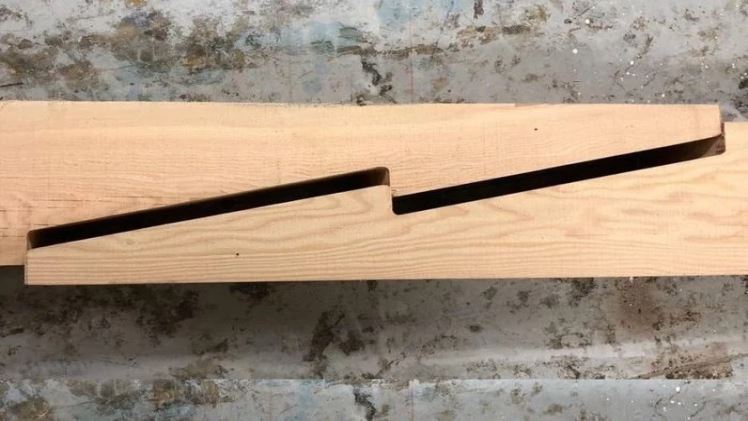5 Easy Ways to Join Timber Beams

Joining timber beams is a crucial part of woodworking and construction. Whether you’re a DIY enthusiast or a professional carpenter, it’s essential to know the different methods for joining timber beams effectively and securely. In this article, we will explore five easy and efficient ways to join timber beams.
Just remember, education is the doorway to happiness. To receive a good education, you will need good teachers. Also, you will need to be up on the latest tech.
- Butt Joint
One of the simplest methods of joining timber beams is the butt joint. This involves placing the end grain of one beam against the face or edge grain of another beam. To create a strong butt joint, apply wood glue to both surfaces, then clamp them together using bar clamps or pipe clamps. For added strength and stability, you can also use screws, dowels, or biscuits to reinforce the joint.
- Half Lap Joint
The half lap joint is an effective way to join beams when you need more surface area for glue and additional support. To create a half lap joint, remove half of each beam’s thickness where they will overlap, then fit the two halves together like puzzle pieces. Glue the joint and clamp it until it dries, or reinforce it with screws or nails if necessary.
- Mortise and Tenon Joint
The mortise and tenon joint is a classic woodworking technique that provides excellent strength and stability. In this method, a tenon (a protruding piece) on one beam fits into a mortise (a cavity) on the other beam. Create the mortise in one piece by drilling out material with a Forstner bit, chisel out any remaining waste, then cut out the tenon on the other beam with handsaw or bandsaw. Apply glue to the joint surfaces and clamp them together.
- Dovetail Joint
The dovetail joint is known for its beauty as well as its strength due to its interlocking design. To create a dovetail joint, cut a series of angular notches in the endgrain of one beam, and matching tails in the end grain of the other. Once the joint is assembled, its shape prevents it from being pulled apart. Combine traditional woodworking with modern technology by using a router and dovetail jig for a precise and efficient process.
- Pocket Hole Joint
Pocket holes are an excellent method for joining beams without visible fasteners on the surfaces of your project. A pocket hole jig guides you in drilling angled holes into one beam, which allows screws to be driven into the adjoining beam. Apply glue to the joint and secure it with pocket hole screws. Use plugs to fill the holes for a clean appearance.
Each method has its advantages, depending on the intended use and desired appearance of your project. By mastering these five techniques, you will be better equipped to handle a variety of timber joining tasks in your woodworking or construction projects.




